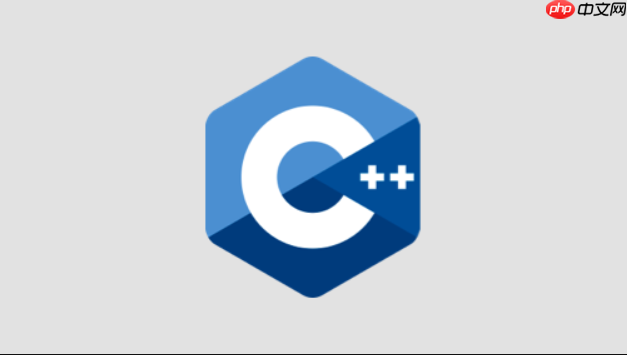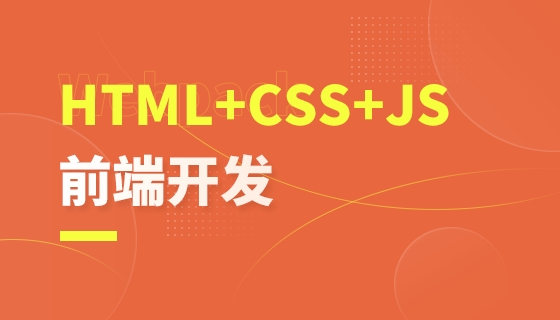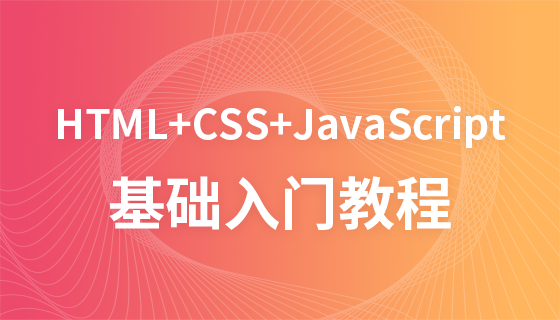链表通过节点存储数据和指针实现动态内存管理,C++中用struct定义节点并封装LinkedList类实现插入、删除、遍历等操作,包含头插、尾插、删除指定值、打印和清空功能,结合构造与析构函数确保内存安全,适合理解指针与动态内存管理。

链表是C++中常见的数据结构,适合动态管理内存和频繁插入删除操作。实现一个简单的单向链表,可以帮助理解指针和动态内存的基本用法。下面是一个基础但完整的链表实现教程。
链表由多个节点组成,每个节点包含数据和指向下一个节点的指针。使用struct来定义节点类型:
struct ListNode {
int data; // 存储的数据
ListNode* next; // 指向下一个节点的指针
<pre class='brush:php;toolbar:false;'>// 构造函数,方便初始化
ListNode(int value) : data(value), next(nullptr) {}};
封装链表操作,提供清晰接口。这里实现一个简单版本,支持插入、遍历和删除功能:
立即学习“C++免费学习笔记(深入)”;
class LinkedList {
private:
ListNode* head; // 头指针
<p>public:
LinkedList() : head(nullptr) {} // 初始化为空链表</p><pre class='brush:php;toolbar:false;'>~LinkedList() {
clear(); // 析构时释放所有节点
}
// 在链表头部插入新节点
void insertAtHead(int value) {
ListNode* newNode = new ListNode(value);
newNode->next = head;
head = newNode;
}
// 在链表尾部插入
void insertAtTail(int value) {
ListNode* newNode = new ListNode(value);
if (!head) {
head = newNode;
return;
}
ListNode* current = head;
while (current->next) {
current = current->next;
}
current->next = newNode;
}
// 删除第一个值为value的节点
bool remove(int value) {
if (!head) return false;
if (head->data == value) {
ListNode* temp = head;
head = head->next;
delete temp;
return true;
}
ListNode* current = head;
while (current->next && current->next->data != value) {
current = current->next;
}
if (current->next) {
ListNode* temp = current->next;
current->next = temp->next;
delete temp;
return true;
}
return false;
}
// 打印链表所有元素
void display() const {
ListNode* current = head;
while (current) {
<strong>std::cout << current->data << " -> ";</strong>
current = current->next;
}
<strong>std::cout << "nullptr" << std::endl;</strong>
}
// 清空整个链表
void clear() {
while (head) {
ListNode* temp = head;
head = head->next;
delete temp;
}
}
// 判断链表是否为空
bool isEmpty() const {
return head == nullptr;
}};
在main函数中测试链表功能:
#include <iostream>
using namespace std;
<p>int main() {
LinkedList list;</p><pre class='brush:php;toolbar:false;'>list.insertAtTail(10);
list.insertAtTail(20);
list.insertAtHead(5);
list.display(); // 输出: 5 -> 10 -> 20 -> nullptr
list.remove(10);
list.display(); // 输出: 5 -> 20 -> nullptr
return 0;}
基本上就这些。这个链表实现了基本的增删查操作,适合初学者理解原理。后续可扩展双向链表、循环链表或添加更多功能如查找、反转等。关键是掌握指针操作和内存管理,避免泄漏。
以上就是c++++如何实现一个简单的链表_c++链表实现基础教程的详细内容,更多请关注php中文网其它相关文章!

c++怎么学习?c++怎么入门?c++在哪学?c++怎么学才快?不用担心,这里为大家提供了c++速学教程(入门到精通),有需要的小伙伴保存下载就能学习啦!




Copyright 2014-2025 https://www.php.cn/ All Rights Reserved | php.cn | 湘ICP备2023035733号